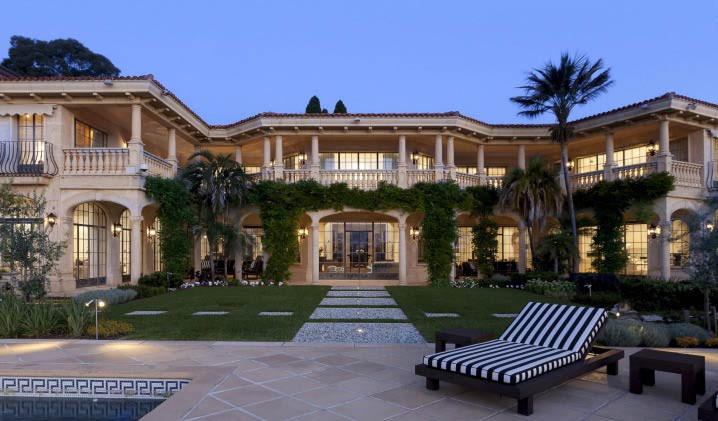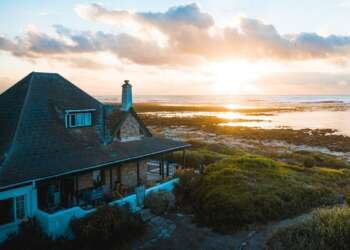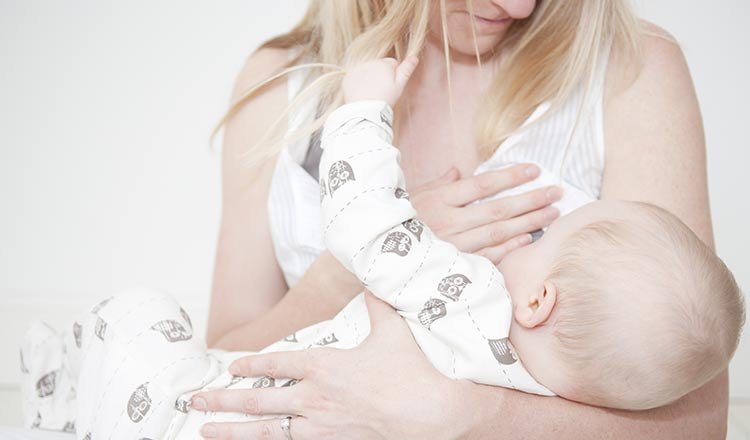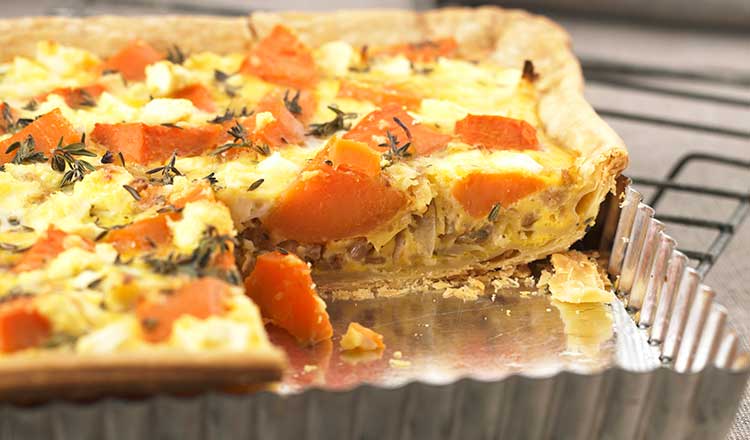Well-known company QBE insurance has made a partnership with BIS Oxford Economics 16 years ago, and they have recently published the QBE Australian Housing Outlook 20017-2020, with focusing mostly on forecasts for the property market in the next few years.
Results are showing mostly positive numbers for Australian property market, with prevailing growth nationwide, in defiance of general lacklustre economy prognosticating first signs of bettering by the year 2019/2020. Only places that have a high chance of showing a decline in median housing prices are Sydney (0.2 percent) and Darwin (0.9 percent). Other cities, like Hobart, continue with their residential real estate value growth, with QBE predicting its prices to go up by 10.8 percent in the next year or two, second only to Canberra (16.3 percent). Meanwhile, the uninterrupted price rise is expected for Melbourne (10.2 percent), Brisbane (7.1 percent), Adelaide (6.9 percent) and Perth (2.8 percent).
And what would be the cause for this? Since the mining boom declined, only a little growth has replaced the vacuum that mining boom created, and even though the unemployment rate is very low (5.6 percent), job increase has mostly been within part-time jobs and underemployment.
Impact of dwelling units on nationwide growth rates is the main focus of 2019. market report, with predictions that the generation of millennials will stay in rental apartments longer. Between 2002. and 2012, unit commencements were at 52,600 per year, and by the year of 2017., the number increased to 94,000. With the rapid increase in supply demands, comes expectation that major city markets will fall, with Brisbane is at the highest (7.2 per cent), followed by Melbourne (4.8 per cent), then Sydney (3.8 per cent), Darwin (3.2 per cent), and Perth (0.6 per cent). And for the Hobert, predictions are that it is going to have prices of units rise by 8.6 percent.
What is interesting with the report predictions is that a cash rate of only 1.75 per cent is expected in 2020., which is an increase of only 0.25 above the current of 1.5 per cent. It also states that any increases are not expected before 2019. when first signs of economy strengthening are predicted. This statement could face disapproval and criticism from economists who have been there long enough to notice that RBA’s long-term strategy of keeping interest rates low has still not reached its desired goal to reduce the problem of housing affordability, to increase wage growth and to ease the financial stress of keeping the household. Nonetheless, there are reasons that are outside of RBA’s control that is directly impacting financial stress in homes, like high energy prices, that are encouraged by a lack of investor confidence or the general global trend in the West regarding low wage growth.
With this 2019/2020 property market report in mind, where could you possibly be living in just a year or two?
Sydney

In Sydney, median house prices have risen on average 10.4 percent per annum, in the period between 2011. and 2017, and it is expected to decrease by only 4 per cent by 2020. QBK also states that there are significant signs of people migrating from Sydney for better house prices. By 2020. more people will be living in high-density apartments since high-density completions accelerated in 2012 and 2013, and with a high chance of these falling in value, you can start looking for an experienced property agent to help you with finding a home in the middle of Sydney.
Melbourne
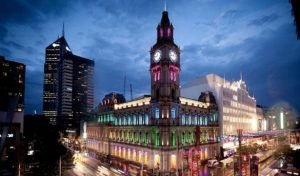
Population growth resulted in the increase in Melbourne’s residential market. Even though dwelling supply is on the rise, it still has not been able to meet demands, which have also led to rent prices going up. It is expected that the median prices will be similar to Sydney’s by 2019.
Brisbane

Finding a home in Brisbane is probably going to be the next step of any knowledgeable house buyer since Brisbane’s prices eased to only 2 percent in 2016/2017, and affordability has been Brisbane’s biggest asset. With expectations of the economy getting on its feet, Brisbane may probably be the first choice for people looking to buy houses in 2019/2020.
Hobart

Along with Brisbane, this southern corner has most of the attention of the country. Hobart has the lowest house price of all state capitals, which makes it affordable for many, in spite of median house price increasing by 10.5 percent in 2015/16. Hobart used to be a place with a net outflow of the population, alongside with more affordable houses, it reversed to an inflow over just a few years.
Adelaide
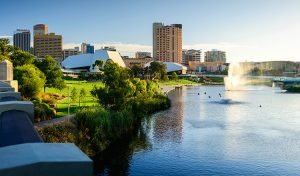
Same as Brisbane and Hobart, Adelaide presents signs with moderate to low price growth, with affordability being one of the main advantages of this City of Churches. If you are an investor, do not expect quick capital growth, since Adelaide is most definitely a long-term investment city.
Canberra

Canberra is experiencing major growth, of around 16 percent by the year 2020. That is most likely due to growth in the public sector, and the fact that unemployment in this city is one of the lowest (3.7 percent) also explains it. In spite of that, it is predicted that the prices will fall when it comes to unit oversupply.
With these predictions in mind, you can start planning your first big investment.
The Carousel would like to thank Ian Pearson for this article.


